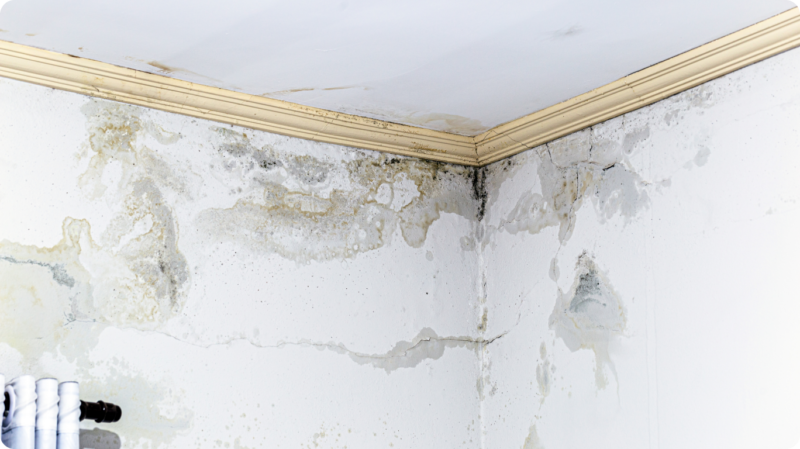Mold is often dismissed as a mere nuisance, an unsightly blemish that occasionally appears in damp corners of our homes. Yet beneath its unassuming exterior, mold harbors a myriad of health risks that many people remain blissfully unaware of. It’s not just the itchy eyes, sneezing, or that annoying cough; the implications can be far more severe, weaving a complex tapestry of potential health issues that can affect everyone, especially the vulnerable.
From cognitive impairments to respiratory illnesses, the dangers of mold exposure extend well beyond the obvious. As we peel back the layers of this seemingly innocuous fungus, it becomes clear: understanding the broader spectrum of mold health risks is crucial for safeguarding our well-being.
In this article, we will explore the hidden threats posed by mold, shining a light on why this common household problem deserves far more attention than it typically receives.
Common Types of Mold Found in Homes

When it comes to mold in our homes, several notorious types pose potential health risks that often fly under the radar. One of the most common culprits is *Stachybotrys chartarum*, or black mold, which thrives in damp, water-damaged spaces and can lead to serious respiratory issues.
Then theres *Cladosporium*, frequently found in households, where humidity levels spike; though less toxic, it can still trigger allergies. *Aspergillus* species, ubiquitous in both indoor and outdoor environments, can be particularly problematic for those with weakened immune systems.
Beyond these, *Penicillium* often lurks in hidden areas, like insulation or wallboards, releasing spores that may exacerbate asthma or allergic reactions. Simply knowing about these molds isn’t enough; their presence can silently invade your well-being, making awareness and preventive measures essential.
Hidden Health Risks of Mold Exposure

Mold exposure can be an insidious threat lurking in the corners of our homes, far more dangerous than most people realize. Beyond the obvious respiratory issues, such as asthma and chronic coughing, mold can trigger a cascade of hidden health problems that often evade immediate detection.
For instance, exposure may lead to neurological symptoms—including headaches, memory loss, and mood swings—as well as immune system suppression, making individuals more susceptible to infections. Some molds produce mycotoxins, potent substances that can seep into the bloodstream and wreak havoc on multiple organs, potentially resulting in long-term health consequences that linger long after the mold is removed.
Even those without previous sensitivities can experience adverse effects, illustrating just how pervasive and varied the repercussions can be. The implications of mold exposure extend far beyond the initial discomfort, underscoring the urgency of vigilance in damp environments.
Symptoms Often Overlooked: How Mold Affects Your Health

Mold exposure can masquerade as benign, yet its impact on health is far more insidious than many realize. Initially, symptoms may appear deceptively mild—sneezing, a persistent cough, or even a touch of fatigue—that can easily be dismissed as seasonal allergies or stress.
However, lurking beneath the surface are potential red flags, such as unexplained headaches, cognitive difficulties, or skin irritations, which can grow gradually more severe, complicating diagnosis.
The subtlety of these signs often leads individuals to overlook a critical connection to mold, with the reality that prolonged exposure can escalate into chronic respiratory issues and immune dysfunction.
As mold spores infiltrate our living spaces, their invisible threat weaves through our daily lives, rendering us susceptible to a range of health concerns that deserve urgent attention. Ignoring these often-overlooked symptoms could mean risking more than just a temporary discomfort; it could lead to long-term health deterioration that is entirely preventable.
Conclusion
In conclusion, understanding the hidden health risks associated with mold exposure is crucial for safeguarding our well-being. The persistent yet often overlooked presence of mold in our environments can lead to a range of serious health complications, from respiratory issues to skin irritations and even more severe conditions.
Awareness and proactive measures are essential, especially in mold-prone areas like Tampa, where humidity can exacerbate the problem. Regular mold testing in Tampa can help identify and address potential threats before they escalate, allowing individuals and families to live healthier lives. By taking mold seriously and implementing preventive strategies, we can mitigate its impact and foster safer living spaces for everyone.


